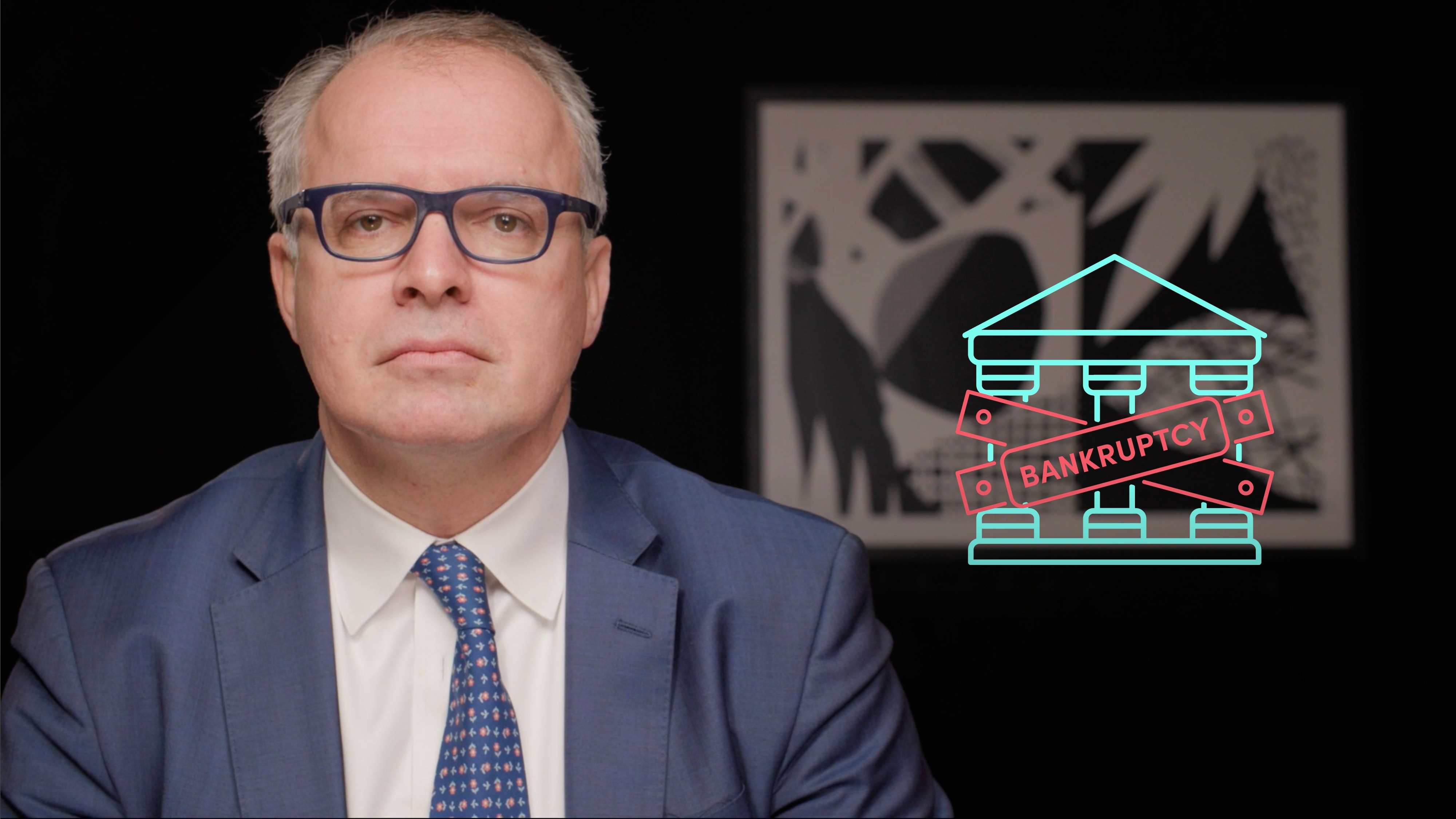
Introduction to NPLs

Francesco Dissera
25 years: Securitisation
In his previous videos, Francesco Dissera explained the securitisation process in general and covered some of the assets that are typically securitised. In this video, Francesco explains the non-performing loans (NPLs) securitisation process.
In his previous videos, Francesco Dissera explained the securitisation process in general and covered some of the assets that are typically securitised. In this video, Francesco explains the non-performing loans (NPLs) securitisation process.
Subscribe to watch
Access this and all of the content on our platform by signing up for a 7-day free trial.

Introduction to NPLs
8 mins 12 secs
Key learning objectives:
Understand what is securitisation
Understand what is an ABS backed by NPL
Understand the key characteristics of an NPL
Overview:
NPL securitisation is used to deleverage NPL exposures with the issuance of securities. NPLs have emerged in recent years due to the current macroeconomic environment. Most prominently, these public NPL transactions have emerged after the launch of APS schemes in Italy (GACS) and Greece (HAPS).
Subscribe to watch
Access this and all of the content on our platform by signing up for a 7-day free trial.
- Exposures that have experienced a failure to pay
- Exposures that are deemed Unlikely To Pay (UTP)
- Exposures that have undergone a distressed restructuring
- Exposures that are in insolvency, bankruptcy, or under bankruptcy protection
- Exposures at least 90 days days past due (DPD)
- Exposures that are categorised as Stage 3 for IFRS 9 purposes (credit-impaired)
- Securitisation of NPLs has been used In countries where the banking sectors have experienced high levels of NPLs, such as Italy and Greece (GACS and HAPS) to remove impaired assets from the banks’ balance sheets and transfer them to external investors (securitisation)
- Another way to reduce NPL stock is through bad banks. In Spain, Sareb was established in 2012 on the back of the subprime and credit crisis. Sareb acquired NPL loans originated by a number of failed Spanish financial institutions. Sareb initially acquired property development loans from a number of failed banks in return for government bonds.
- The use of other ad-hoc special funds such as the Stabilisation Fund created by SNB in Switzerland. It acquired toxic ABS and non-ABS exposures worth $38.7from UBS. of these assets at market value to the funds. The fund was unwound in 2013 by UBS, achieving a small profit for the Swiss Tax payers.
Subscribe to watch
Access this and all of the content on our platform by signing up for a 7-day free trial.

Francesco Dissera
There are no available Videos from "Francesco Dissera"



























